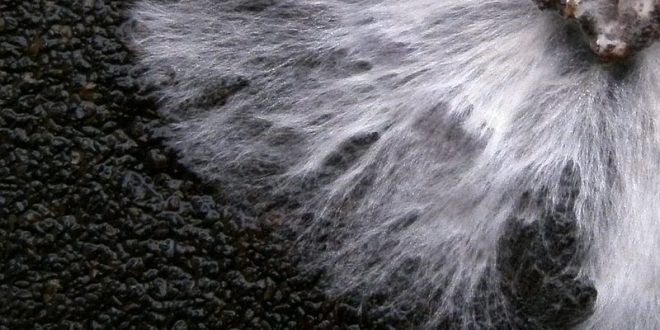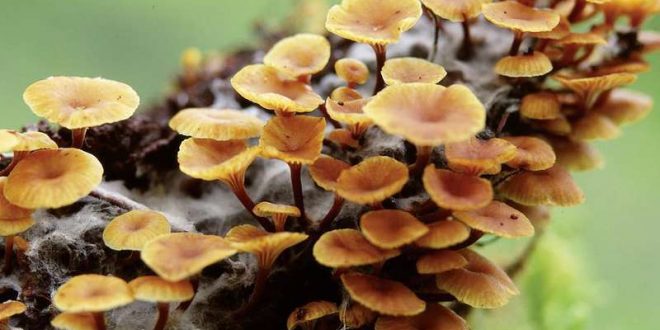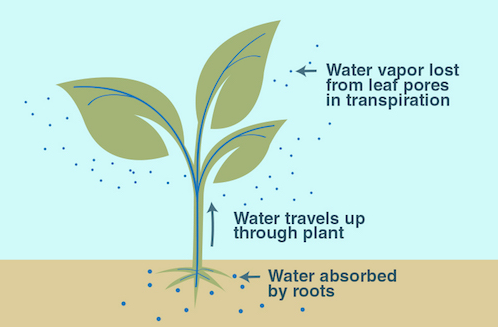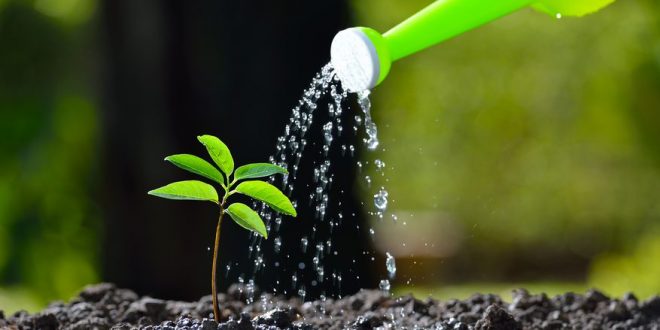We now want to tell in detail something that was too important for our immune system. Our ability to defend ourselves against infection by pathogens (disease-causing organisms). We have seen that some people experience few or no symptoms when exposed to certain infectious diseases. Even though a person may be …
Read More »
 Plantlet The Blogging Platform of Department of Botany, University of Dhaka
Plantlet The Blogging Platform of Department of Botany, University of Dhaka







